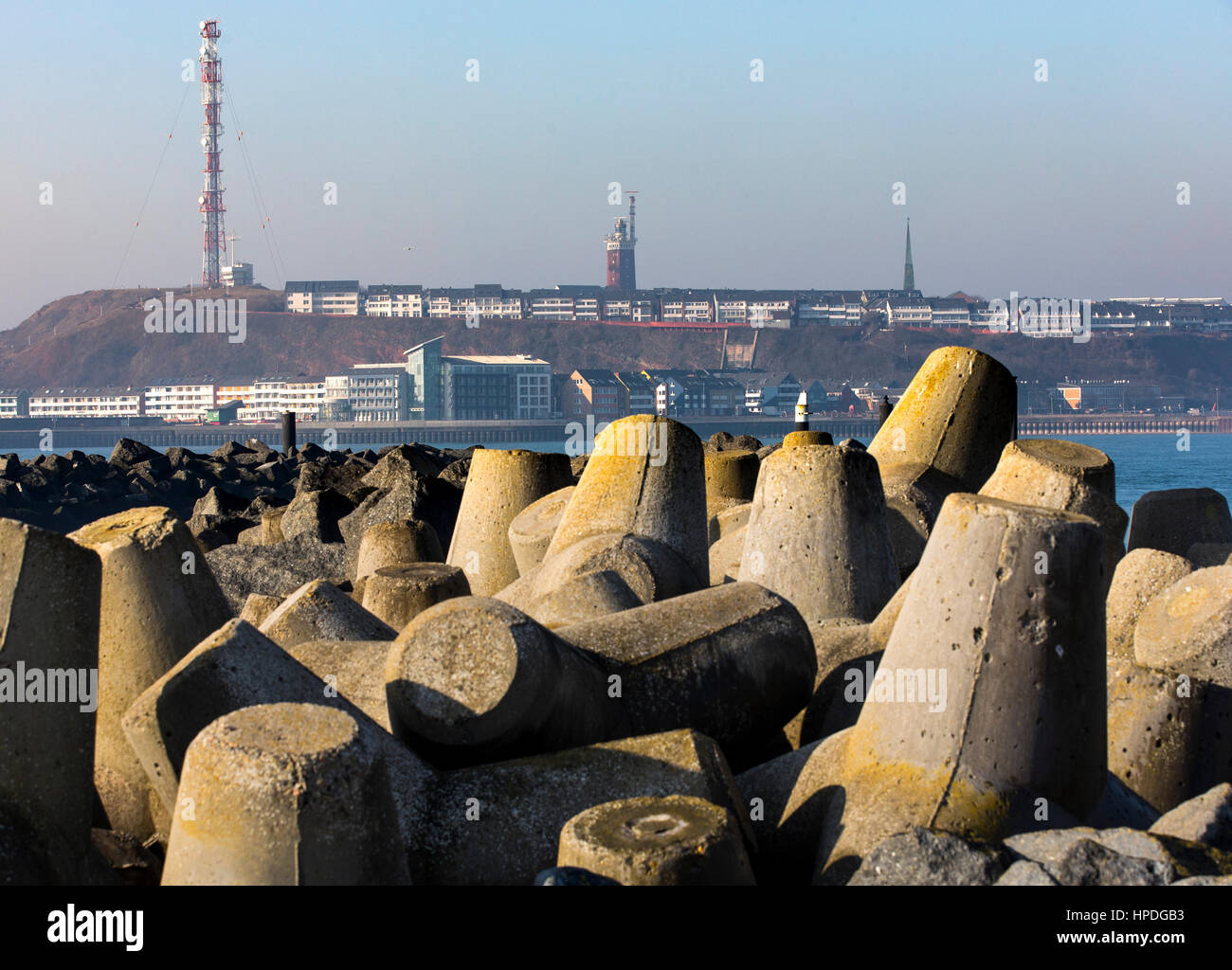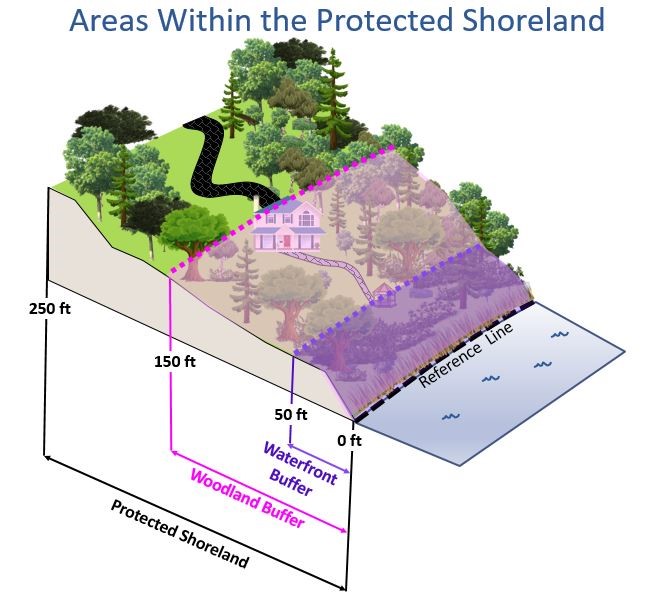The Ultimate Guide To Shore Protect Team
Table of ContentsShore Protect Team for BeginnersThe Of Shore Protect TeamHow Shore Protect Team can Save You Time, Stress, and Money.How Shore Protect Team can Save You Time, Stress, and Money.What Does Shore Protect Team Mean?The smart Trick of Shore Protect Team That Nobody is DiscussingAn Unbiased View of Shore Protect Team
Reduction in residential property value: As the area tourism is affected by disintegration, so then is the economic climate. Buyers are much less most likely to look for a coastline house that can be destroyed anytime by the upcoming flooding and erosion emergency. Consequently, property value can drop immensely and impact the entire area.Whether a coastline is simply tiny and congested or needs to shut completely for the security of the ecosystem and nearby residential properties, this significantly impacts tourist. Subsequently, regional economic climates are impacted (https://postheaven.net/shrprtcttm/shore-protect-team-expert-bulkhead-construction-for-your-waterfront-property). Threat of injury: The raised threat of flooding and architectural failures causes an increased danger of injury to nearby vacationers and neighborhood members

Coastline stabilization is straight related to their work. Waterfront hotels: Since shoreline erosion effects tourist, it affects the success of waterfront resorts.
About Shore Protect Team
Coastal commercial organizations: No travelers implies no organization. Coastal state parks: State parks that exist along shorelines are at risk of damage.
Soft stablizing is a better option for the setting and even more lasting overall. Difficult stabilization makes use of man-made structures as protection to regulate disintegration. Usually, these structures are set up at best angles or alongside stop sand motion and reduce the pressure of waves. Most kinds of hard stabilization like seawalls and sheet steel are not perfect for shoreline stablizing.
The Facts About Shore Protect Team Revealed
There's likewise not nearly enough proof of their effectiveness depending upon the sort of coastline and regional conditions. Difficult stabilization techniques often tend to be extra tough to mount and do not match the natural visual, sticking out like an aching thumb and hurting neighborhood communities in many circumstances. Beach nourishment is the procedure of adding lost sand and sediment back to coastlines after erosion has actually happened.
TrapBags help in the process of beach nutrients by protecting natural ecosystems and permitting plants to grow. They're: Environmentally pleasant: You can use indigenous soil both to border and to load the TrapBags.

The 2-Minute Rule for Shore Protect Team
Easy to mount: Ease of installation means TrapBags can be deployed swiftly in the event of an emergency. They can likewise be installed without any type of heavy machinery. Inexpensive: TrapBags are excellent for both small and huge areas of shoreline. They provide a budget friendly option to cover jobs of any kind of size.
Combined with a high construction cost, this has caused boosting use other soft engineering coastal monitoring alternatives such as beach replenishment. Seawalls are built from numerous materials, a lot of typically reinforced concrete, stones, steel, or gabions. Various other feasible building and construction materials include plastic, timber, aluminum, fiberglass composite, and biodegradable sandbags made from hemp and coir. The proper seawall style relies upon location-specific aspects, including bordering disintegration processes. There are three major kinds of seawalls: upright, rounded, stepped, and mounds (see table listed below). A record released by the United Nations Atmosphere Programme (UNEP) suggests that the tsunami of 26 December 2004 created less damages in the locations where natural barriers were existing, such as mangroves, reef or seaside greenery.
Natural barriers, such as reef and mangrove forests, avoid the spread of tsunamis and the circulation of seaside waters and alleviated the flooding and surge of water. A cost-benefit approach is a reliable way to identify whether a seawall is appropriate and whether the advantages are worth the cost.
Examine This Report on Shore Protect Team
A seawall is a static function which can conflict with the dynamic nature of the shore and hamper the exchange of debris in between land and sea. The table below summarizes some positive and negative impacts of seawalls which can be utilized when comparing their efficiency with various other seaside administration choices, such as beach nourishment. [] Benefits and drawbacks of seawalls according to Short (1999) Advantages Disadvantages Long term remedy in comparison to soft beach nutrition.

This can create beaches to dissipate, rendering them pointless for beach goers. Normally, seawalls can be a successful method to regulate seaside disintegration, yet just if they are built well and out of materials that can endure the force of continuous wave energy. Some understanding is required of the seaside processes and morphodynamics particular to the seawall place.
An Unbiased View of Shore Protect Team
The proper seawall style depends on location-specific aspects, including surrounding erosion procedures. There are three main types of seawalls: vertical, curved, stepped, and mounds (see table below).
All-natural barriers, such as coral reefs and mangrove woodlands, protect against the spread of tsunamis and the flow of coastal waters and alleviated the flooding and surge of water. A cost-benefit approach is an efficient way to figure out whether a seawall is suitable and whether the advantages deserve the cost.
More About Shore Protect Team
A seawall is a fixed function which can conflict with the vibrant nature of the coastline and hamper the exchange of debris between land and sea. Advantages and downsides of seawalls according to Short (1999) Advantages Drawbacks Lengthy term solution in contrast to soft beach nutrients.

This can create coastlines to dissipate, making them pointless for beach goers. Usually, seawalls can be an effective means to control seaside disintegration, yet only if they are built well and out of materials that can stand up to the pressure of ongoing wave energy.